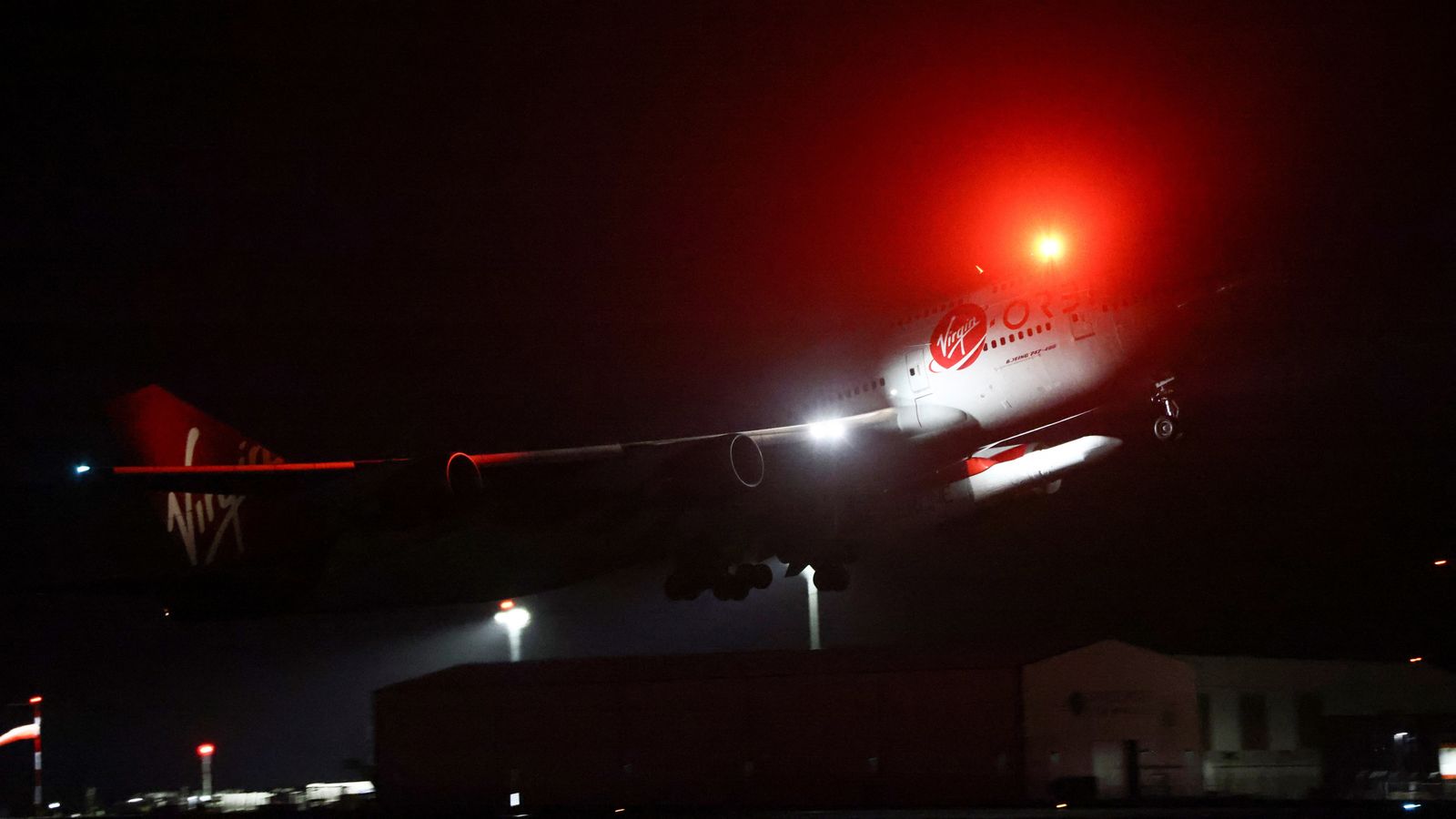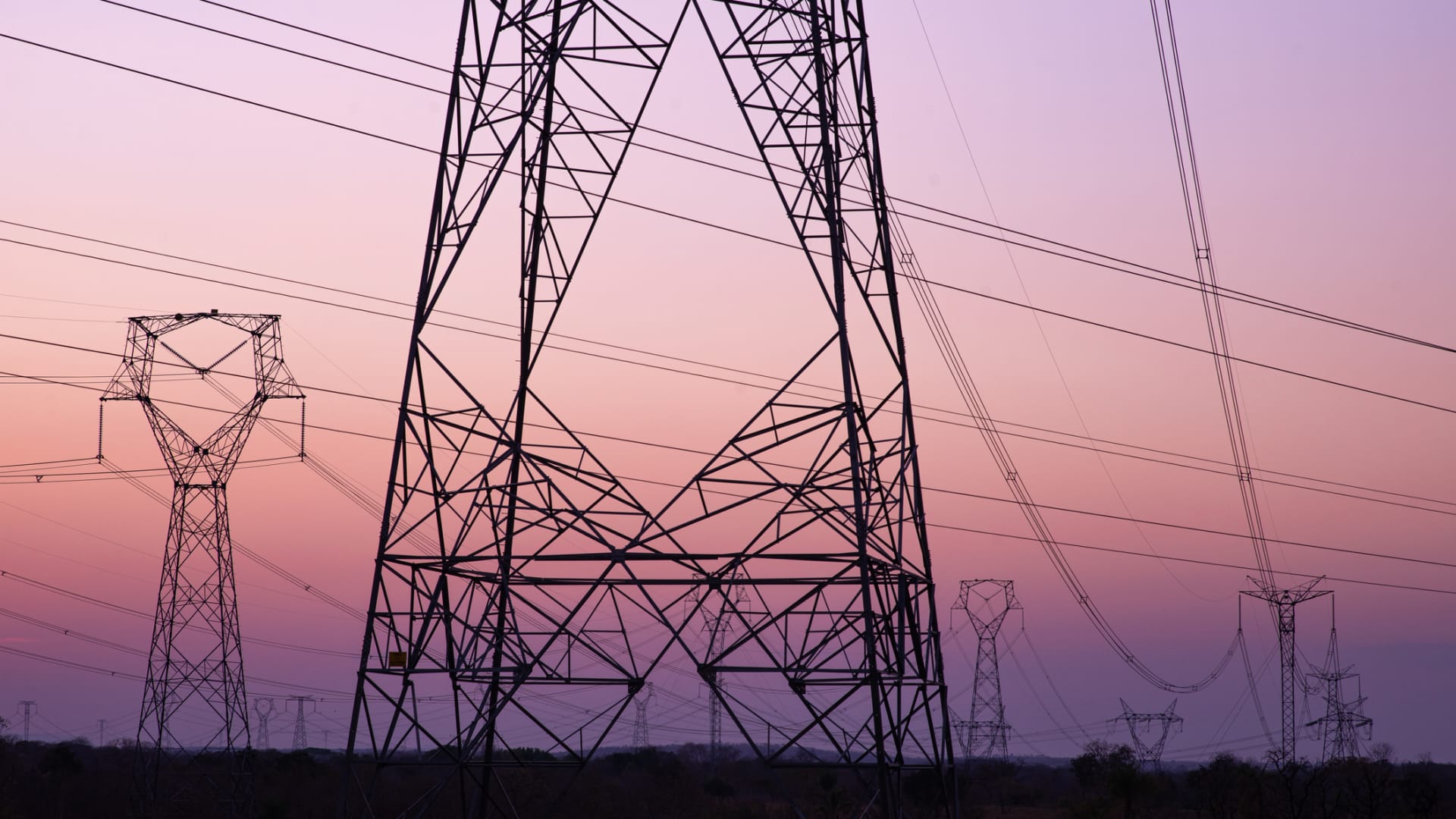A major port in northern Germany is using technology from Siemens to monitor energy use, with the cloud-based system collating a wide-range of data which could help teams there to improve operations.
The project focuses on the Port of Kiel’s shore power system, which enables ships to connect to an onshore power plant rather than use their own generators, helping to boost air and noise quality in the process.
In a statement Thursday, Siemens said the tech — whose implementation was overseen by Siemens Smart Infrastructure — enabled energy consumption to be monitored at several key sites: the shore power operations building and the connecting points at the Schwedenkai and Ostseekai port areas.
According to Siemens, operators at the port will have “access to all relevant electrical values at any time and from anywhere.” This, it adds, will enable them to “determine consumption, identify faults, avoid downtimes, and plan maintenance routines better.”
The data itself is collated using measuring devices before being sent to a cloud-based internet of things system called MindSphere. It can then be visualized and viewed on a web server or via an app.
“By systematically recording the power data and storing it in the cloud, the system operator can now determine the efficiency of the systems at any time, i.e. how much energy is actually being drawn,” Dirk Claus, the Port of Kiel’s managing director, said in a statement. This, he added, would allow for a quick response to any anomalies.
For his part, Andreas Matthé, who is CEO of electrical products at Siemens Smart Infrastructure, claimed the solution from his company would help to make the port’s “operation of its shore power system even more efficient.”
The introduction of the monitoring system at Kiel is just the latest example of how services connected to transportation and travel are using new ideas and tech to gather data and improve operations.
Last month, it was announced that authorities in southeast England were working with a subsidiary of infrastructure giant Ferrovial to trial sensors that monitor and analyze traffic.
Over in France, SNCF Réseau — which manages French railway infrastructure — and Capgemini have partnered to improve the way issues on the rail network are monitored and resolved.
The idea is that the system will use geolocation technology to pinpoint problems on the railway in real time.
Among other things, it enables teams at SNCF Réseau to “localise incidents” on a map displaying infrastructure data, guiding workers to the exact place they need to be to fix the problem.
These on-the-ground staff can then liaise with their colleagues, providing updates on the problem and when it will be resolved.



